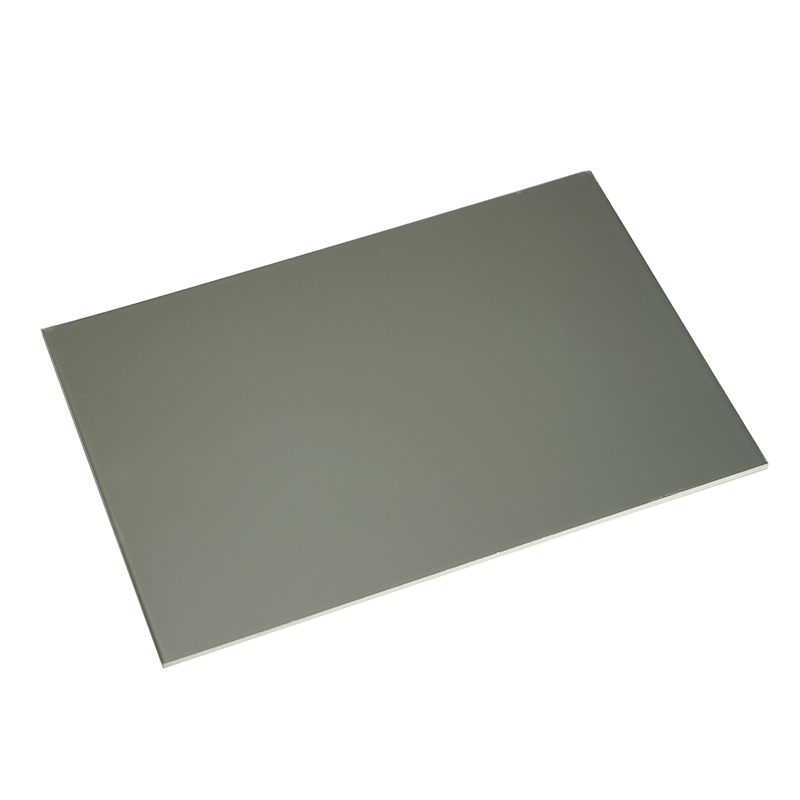Stainless steel composite panels (SSCP) have emerged as a versatile and durable building material, gaining traction in various industries, including architecture, construction, and interior design. Combining the strength of stainless steel with the lightweight properties of composite materials, these panels offer numerous benefits that make them an attractive choice for modern applications.
1. Composition and Structure
Stainless steel composite panels typically consist of two thin layers of stainless steel enclosing a non-metallic core, often made of materials like polyethylene or mineral-filled core. This structure provides a unique combination of properties, such as strength, flexibility, and insulation. The exterior stainless steel layers not only enhance durability but also offer aesthetic appeal with a variety of finishes.
2. Advantages
a. Durability and Longevity
One of the standout features of stainless steel composite panels is their exceptional durability. Stainless steel is resistant to corrosion, rust, and harsh weather conditions, making it suitable for both interior and exterior applications. This resilience extends the lifespan of structures and reduces maintenance costs over time.
b. Aesthetic Versatility
SSCPs are available in an array of finishes, colors, and textures, allowing architects and designers to achieve their desired aesthetic. Whether it’s a sleek, modern facade or a more traditional look, stainless steel composite panels can be tailored to meet specific design requirements, adding visual interest to buildings.
c. Lightweight and Easy Installation
Despite their robust construction, stainless steel composite panels are surprisingly lightweight. This feature simplifies transportation and installation, reducing labor costs and construction time. The panels can be easily cut and shaped on-site, providing flexibility during the building process.

d. Thermal and Acoustic Insulation
The core material used in SSCPs often provides excellent thermal insulation, helping to regulate indoor temperatures and reduce energy consumption. Additionally, these panels can also offer sound insulation, making them suitable for applications where noise reduction is crucial, such as in commercial buildings or residential apartments.
3. Applications
a. Architectural Facades
One of the most common uses for stainless steel composite panels is in architectural facades. They can create striking building exteriors that stand out while providing protection against the elements. Their durability makes them ideal for high-rise buildings, shopping centers, and office complexes.
b. Interior Design
In interior applications, SSCPs can be used for wall cladding, partitions, and decorative elements. The variety of finishes available allows designers to create unique, modern interiors that enhance the overall atmosphere of a space.
c. Signage and Branding
Businesses often use stainless steel composite panels for signage due to their durability and aesthetic appeal. The panels can be easily customized with logos and branding elements, ensuring visibility while maintaining a professional appearance.
d. Transport and Automotive Industries
The lightweight nature of SSCPs makes them suitable for use in the transport and automotive industries. They can be used in vehicle panels and interiors, contributing to fuel efficiency and overall vehicle performance.